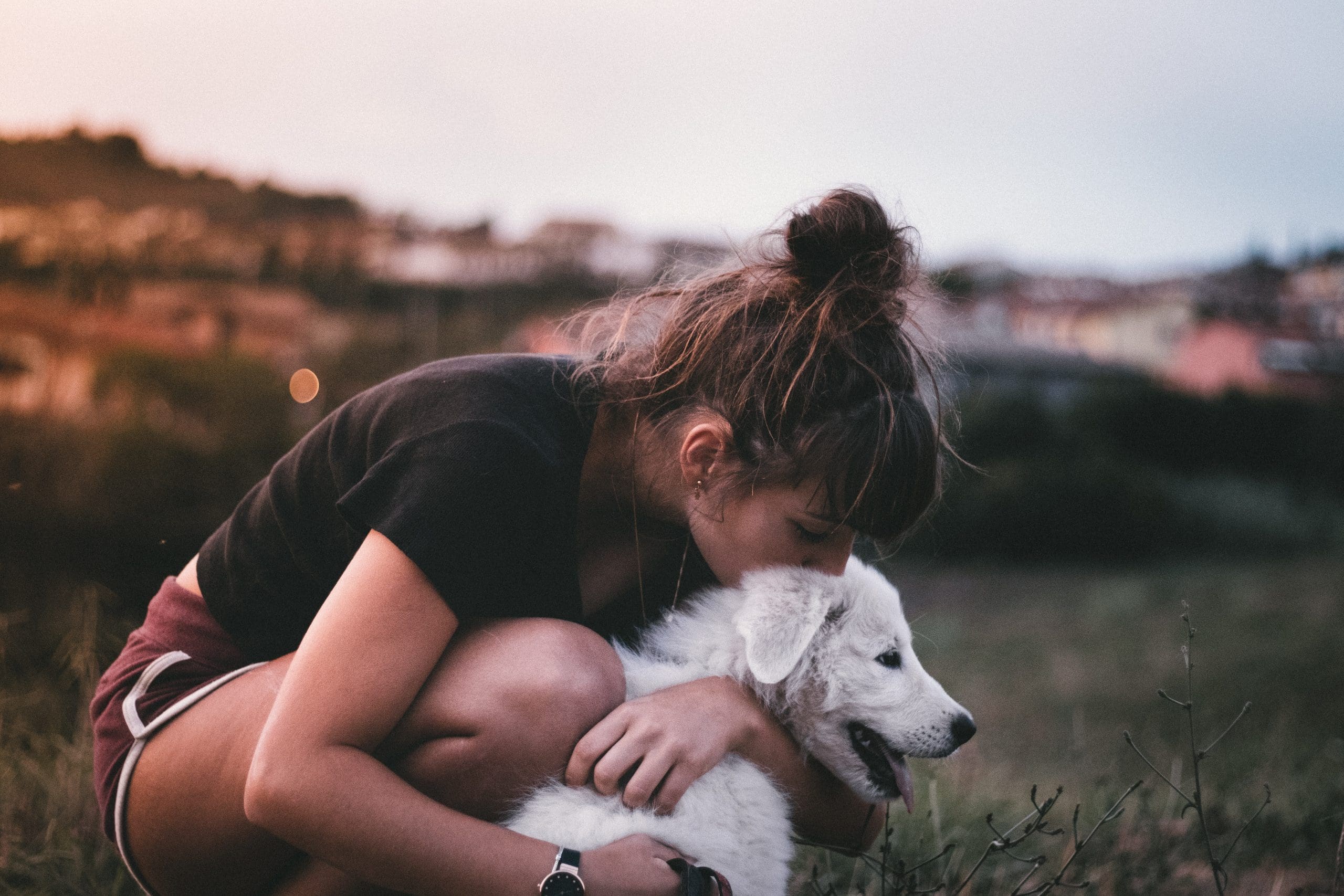Socializing a reactive dog can seem daunting, yet it is crucial for your furry friend’s happiness and well-being. Reactive dogs often respond with fear or aggression to specific stimuli, such as other dogs, people, or loud noises. Understanding their behavior and implementing effective socialization techniques can significantly enhance their quality of life and strengthen your bond with them.
Understanding Triggers
Reactive behavior often arises from fear, anxiety, or negative past experiences. It is essential to identify your dog’s triggers—whether they be other dogs, bicycles, or children. Keeping a journal of your dog’s reactions can be extremely helpful. Record when and where your dog reacts and the intensity of their response. This information will help you recognize patterns and develop focused strategies for socialization.
Creating a Safe Environment
Begin the socialization process at home, where your dog feels secure. Gradually expose them to new experiences in a controlled manner, such as exploring different rooms or listening to various sounds at a low volume. Positive reinforcement is key; use treats, praise, and playtime to reward calm behavior and encourage positive engagement with new experiences.
Venturing Outside
Once your dog is comfortable at home, carefully transition to outdoor experiences. Start in a low-stimulation environment, like a quiet park. Keep your dog on a leash and maintain a safe distance from potential triggers. This distance allows your dog to observe without feeling overwhelmed. Reward calm behavior with treats and praise, helping them create positive associations with stimuli.
Gradual Exposure
As your dog becomes more comfortable, gradually decrease the distance between them and their triggers. If signs of stress appear—such as whining, barking, or leash pulling—increase the distance again. The goal is to find a balance where your dog can observe without becoming reactive. Patience is vital; rushing the process can lead to setbacks.
Controlled Socialization Opportunities
Organizing meet-ups with calm and friendly dogs can be beneficial. Seek out trainers or behaviorists who offer socialization classes tailored for reactive dogs. These classes provide a structured environment where your dog can learn to interact with others under professional supervision.
Reading Body Language
While participating in these classes, pay attention to your dog’s body language. Signs of stress may include a tucked tail, avoidance of eye contact, or excessive panting. If you notice these signs, give your dog space and time to relax, allowing them to engage at their own pace. Over time, your dog will learn that positive experiences can occur even in the presence of their triggers.
Desensitization Exercises
Desensitization is a crucial component of socialization. Gradually expose your dog to their triggers, starting from a distance and slowly increasing the intensity of the exposure. For example, if your dog reacts to other dogs, begin by observing a dog from afar. As your dog becomes more comfortable, decrease the distance, eventually allowing controlled interactions. Throughout this process, continue to use treats and praise to reinforce positive behavior.
Consistency and Routine
Regular practice in various environments will help your dog generalize their positive experiences. Take short trips to pet-friendly stores, parks, or busy streets. Each new experience builds confidence and reduces reactivity over time. Incorporate mental stimulation into your dog’s routine with puzzle toys or obedience training, as these activities engage their minds and help tire them out.
Exposure to Diverse Experiences
Socialization extends beyond interactions with other dogs. Expose your dog to various people, sounds, and environments. Invite friends over to meet your dog, ensuring they approach calmly and respectfully. If your dog is fearful of strangers, have your friends toss treats from a distance to create positive associations.
Sound Desensitization
Reactive dogs often react strongly to loud noises, such as thunder or fireworks. Help desensitize them by playing recordings of various sounds at a low volume and gradually increasing the volume over time. Always reward your dog for remaining calm during this process.
Positive Reinforcement
Focus on rewarding desired behaviors rather than punishing unwanted ones. This approach builds confidence and fosters a positive association with new experiences. Teach basic commands, such as sit, stay, and leave it, which can redirect your dog’s attention when encountering triggers. Practicing these commands in different environments helps your dog focus on you rather than their surroundings.
Physical Exercise
Ensure your dog receives adequate physical exercise, as a tired dog is generally less reactive. Incorporate daily walks, play sessions, and interactive games into their routine. Activities that provide both physical and mental stimulation, such as agility training or scent work, can be particularly beneficial for reactive dogs, channeling their energy in a positive direction.
Seeking Professional Help
If your dog’s reactivity remains severe or does not improve with these methods, consider consulting a certified dog trainer or animal behaviorist. They can offer tailored strategies and support, working with you and your dog to develop a plan that addresses specific issues. In some cases, medications prescribed by a veterinarian may assist in managing anxiety and reactivity, making the socialization process more manageable.
Celebrating Progress
Socializing a reactive dog demands commitment and patience. While it may feel challenging at times, the rewards are significant. As your dog becomes more comfortable in various situations, you will notice improvements in their behavior and overall well-being. Celebrate each small victory along the way. Every successful navigation of a challenging situation is a step toward a more confident and well-adjusted pet. This journey requires dedication, empathy, and understanding, ultimately leading to a happier and healthier dog. With perseverance, you can help your reactive dog become a well-behaved companion, ready to explore the world by your side.

